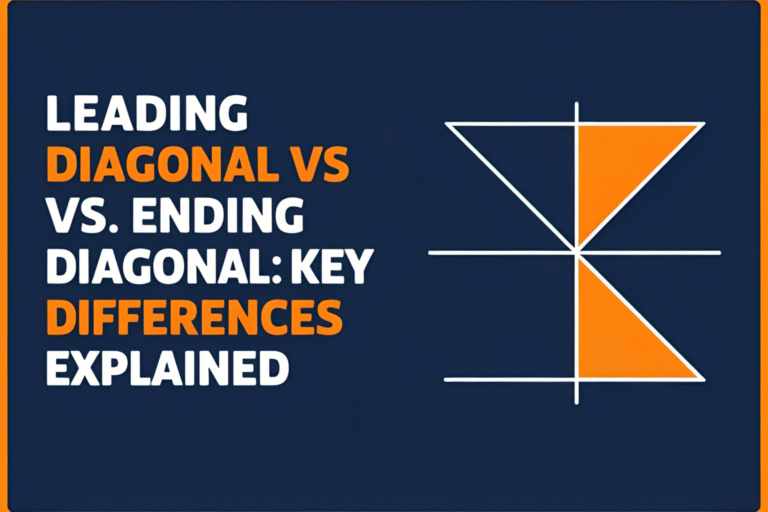Leading Diagonal vs Ending Diagonal: Key Differences Explained
In Elliott Wave Theory, diagonal patterns are unique formations that resemble wedges and appear at key turning points. These patterns come in two types—leading diagonals and ending diagonals—and knowing how to differentiate them is essential for accurate wave counts. In this post, we’ll break down their structure, rules, and when they occur in the wave…










